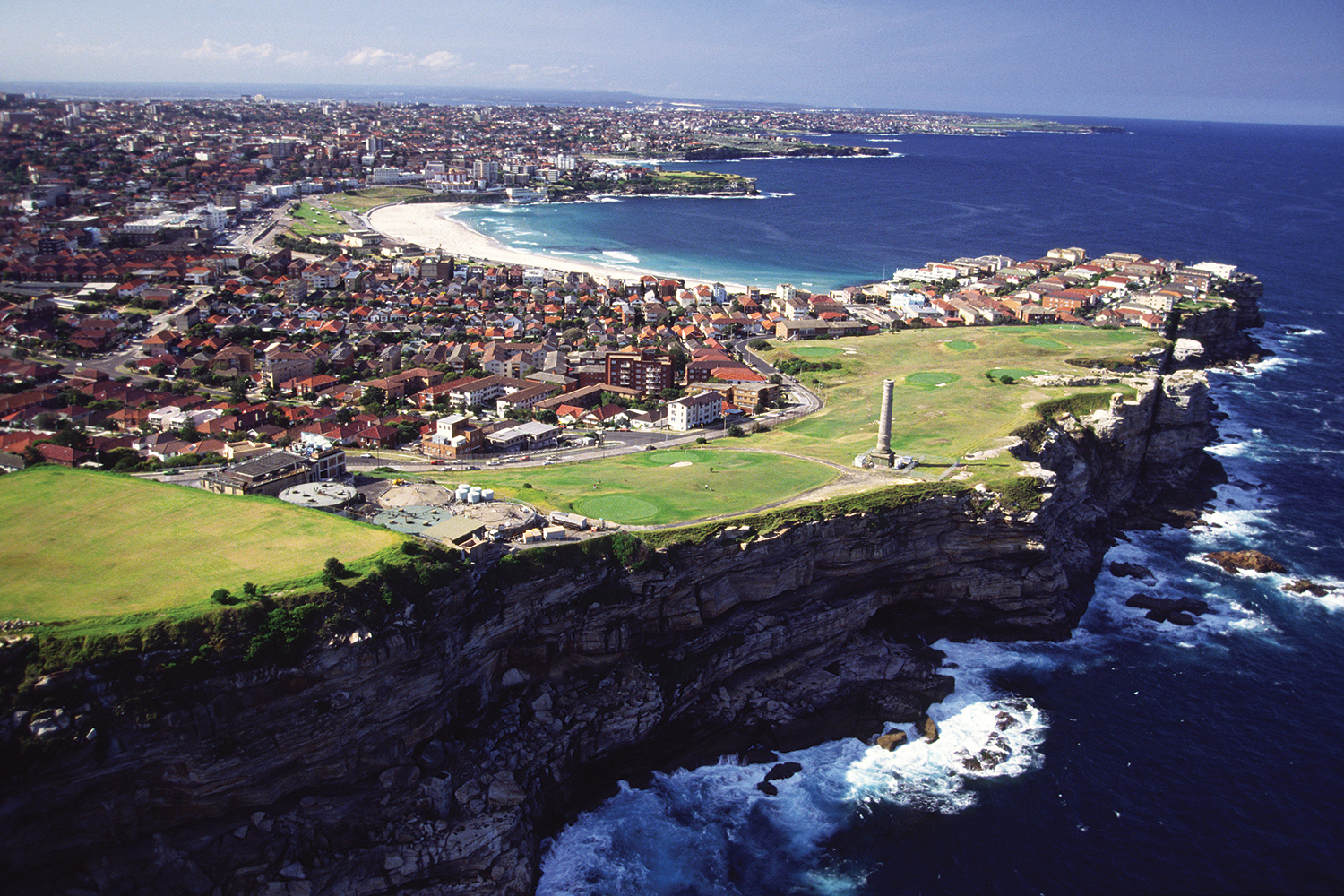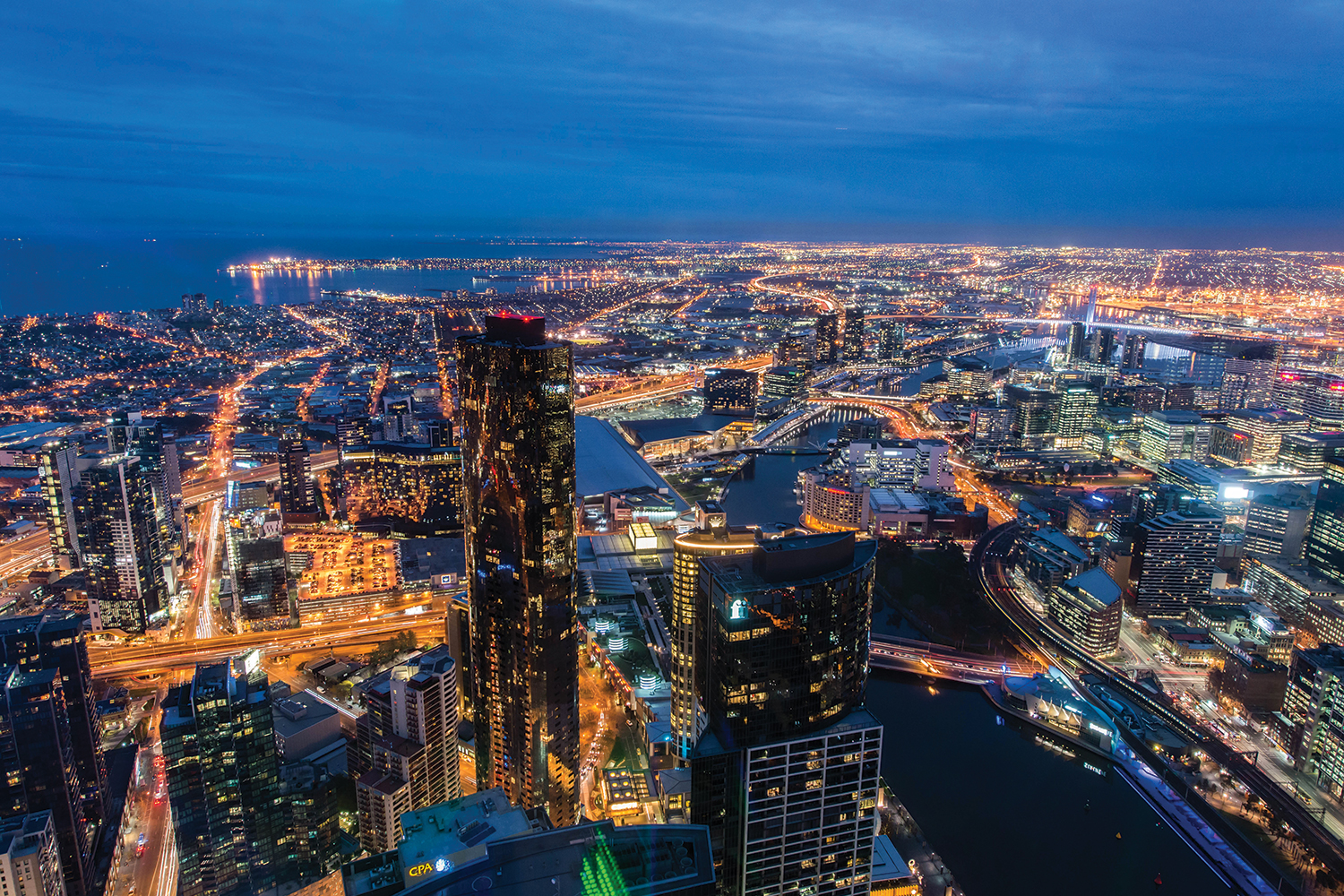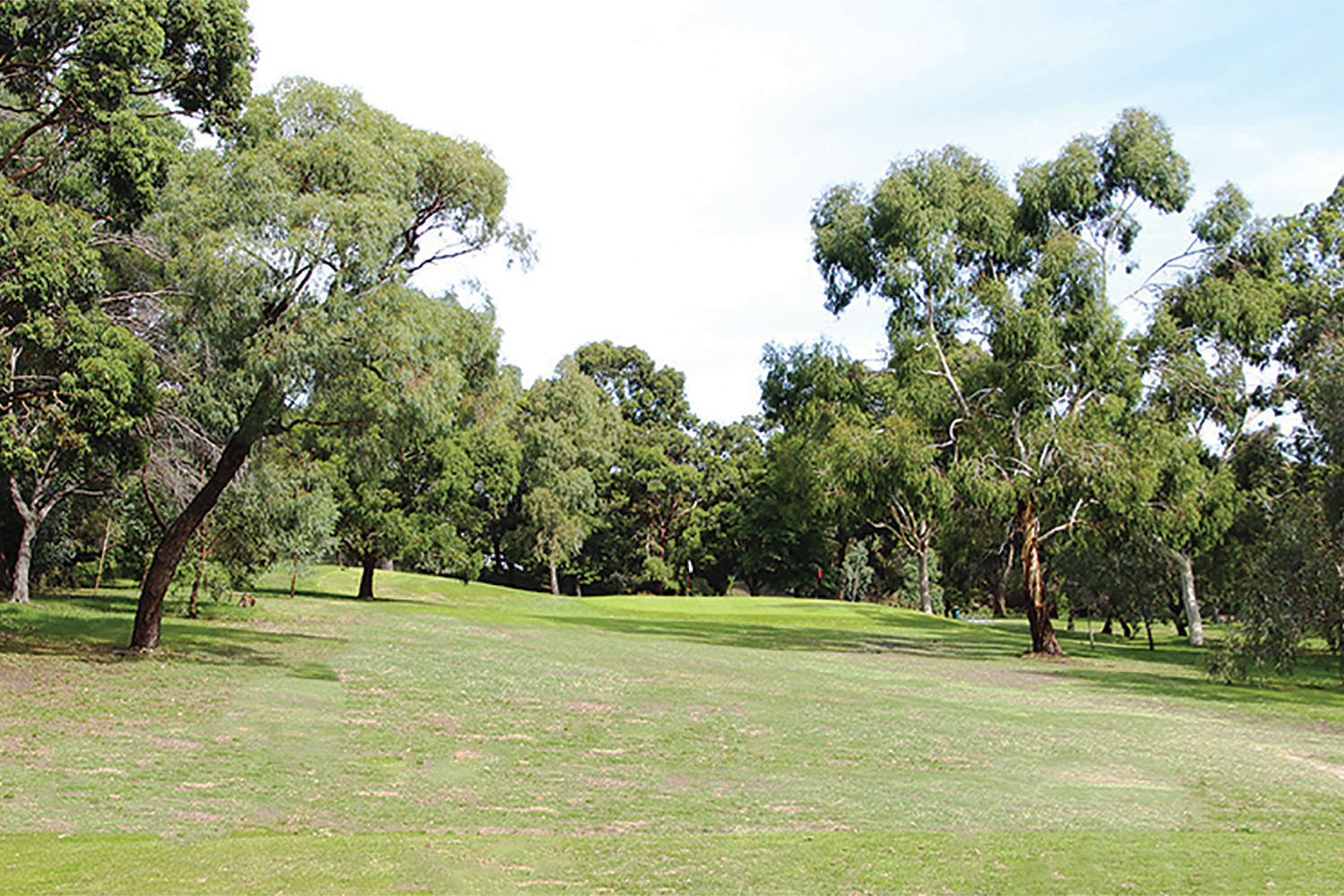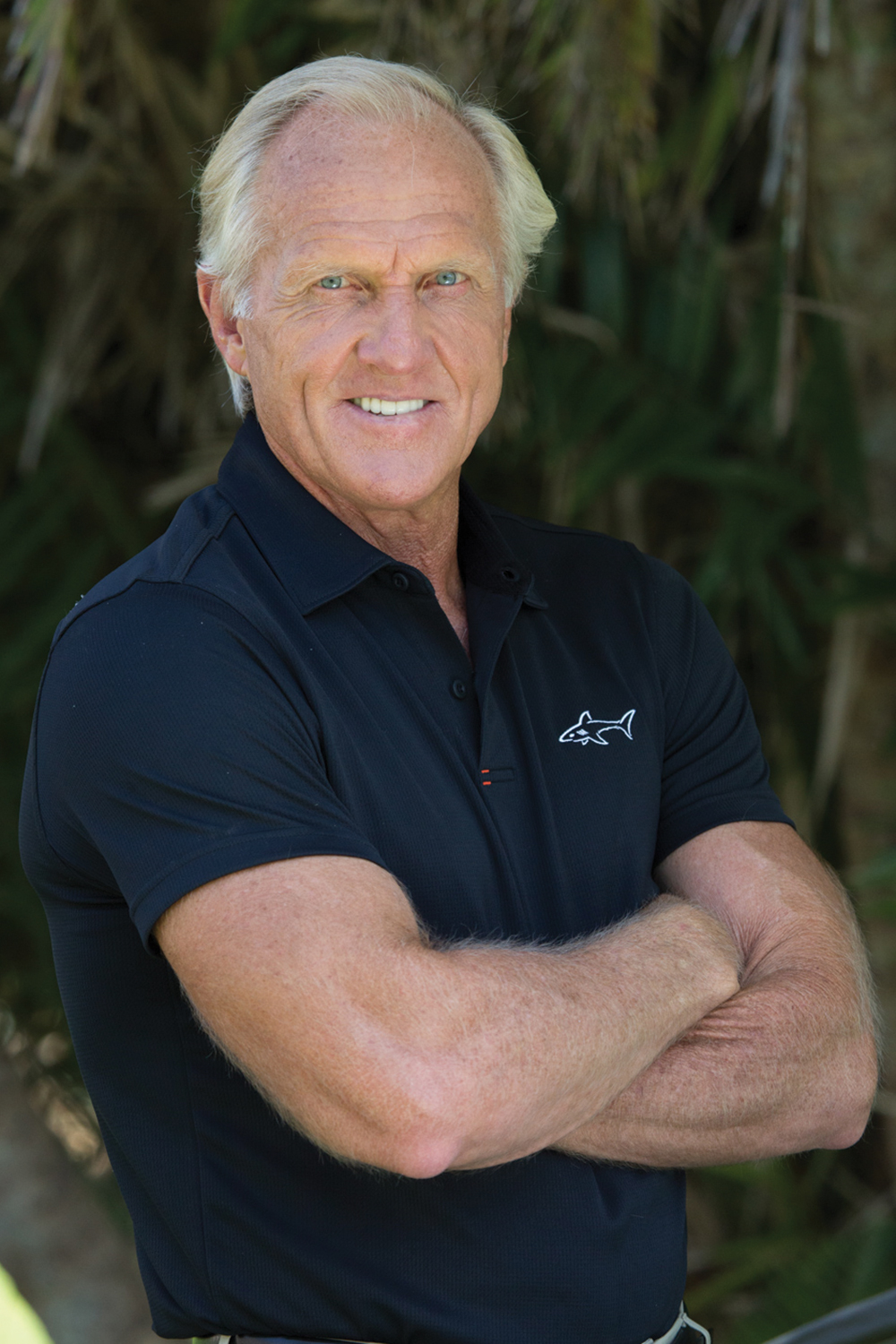Warringah Golf Club on Sydney’s northern beaches is the type of course where many of us learnt how to play the game of golf. It’s relatively flat and not overly penal. It offers that shot euphoria that so entices beginners. It’s the sort of easy-walking course you could play from the age of 8 to 80.
But Warringah is under threat of losing half its 18-hole layout because of a shortage of sporting fields in the surrounding area. The Northern Beaches’ council administrator recently gave Warringah a 20-year lease for the club’s southern-most nine holes but just a five-year lease for the northern nine.
The decision follows a concerted campaign by a number of other sports that pressured council for more playing fields. Northern Beaches Council has estimated the shortage to be 41 fields by 2032. By a quick calculation, you could put 16 decent-sized playing fields on the entire Warringah site with room for parking and other related activities.
“A logical decision would be turn over the [Warringah golf course] land for sport fields,” council administrator Dick Persson told the Manly Daily newspaper. “There is clearly a much greater need in terms of numbers of people wanting alternatives to golf.”

 In the meantime over the next five years, council will look at how to increase supply of playing fields by improving the configuration and usage of existing facilities. It has also identified crown land to create more fields and will speak to the New South Wales Department of Education about using under-utilised school ovals in the area.
In the meantime over the next five years, council will look at how to increase supply of playing fields by improving the configuration and usage of existing facilities. It has also identified crown land to create more fields and will speak to the New South Wales Department of Education about using under-utilised school ovals in the area.
But it doesn’t look good for Warringah’s long-term future. Working against the 80-year-old club is that seven of the 13 courses on the northern beaches are privately owned and therefore can’t be easily seized without significant compensation. That places the six public courses under scrutiny.
Warringah is the tip of the iceberg. Consideration has already been given to demolishing the nearby Balgowlah Golf Club and turning its nine holes into sporting fields. And Gordon Golf Club, an 18-holer on Sydney’s upper north shore, faces certain closure after costing ratepayers half a million dollars a year. In 2016, Ku-ring-gai Council resolved that Gordon would remain a golf course until the lease option expires in 2023 when the site is likely to be converted into a regional park with playgrounds, picnic areas and cycling trails.
The hostility towards golf appears to be growing. City of Sydney lord mayor Clover Moore last year gave the impression she doesn’t care much for the sport with her suggestion to appropriate half of Moore Park Golf. The club, which celebrated its 100th anniversary in 2013, is the closest 18-hole public layout to the CBD.
More than 60,000 people will move into apartments surrounding Moore Park, hence the Sydney lord mayor was playing to her constituency when she told Fairfax Media: “Across the world, golf courses are slimming down to a modern nine-hole format. I’m open to working with the state to investigate options for reducing the size of the golf course at Moore Park and returning some of that land to the community.”

Eastlake Golf Club and Botany Golf Club are under scrutiny. Two years ago Ben Keneally, mayor of the now defunct Botany Bay council, proposed turning both courses into public parkland. He wanted to give community access to 65 hectares of uninterrupted green space that includes the Botany Wetlands.
Citing urban consolidation and the desire to live closer to the CBD, Keneally said there was an increasing number of people wanting to enjoy Sydney’s great beauty rather than have it “locked up inside these golf courses”.
Marrickville Golf Club is another Sydney layout under threat. Earlier this year, Inner West Council gave the green light to pursue a 2012 council review that recommended abolishing nine of the 18 holes in favour of biodiversity corridors and sporting fields.
“There are more clubs financially distressed that are more of a threat of closing their doors than councils carving up land. But it is real, it’s in the market. Councils are going to review leases whenever they come up,” says Stuart Fraser, chief executive officer of Golf NSW.
Industry expert Jeff Blunden estimates there are the equivalent of 31.5 golf courses (18-hole equivalents) on government-controlled property in Sydney. All of these courses on council / crown / utility land will be hoping to avoid the fate of Parramatta Golf Club, which closed in 2015 after suffering a dramatic fall in revenue due to declining membership and usage.

The latest plans for the site, owned by Parramatta Park Trust, are to build a new aquatic centre and potential residential development. The aquatic facility would replace Parramatta Swimming Centre, which was consumed as part of the $300 million Parramatta Stadium redevelopment.
Cause For Concern In Melbourne
In Melbourne, Elsternwick Golf Course is certain to shut down because of financial woes. The nine-hole layout next to the Nepean Highway, nine kilometres south-east of the CBD, is currently run by a private operator for Bayside Council. Its lease is up for review in 2018. Environmentalists propose turning the 20 hectares into a public park, wildlife reserve and wetlands.
Elsewhere, it’s not just councils eyeing off golf courses. La Trobe University plans to redevelop the site of Strathallan Golf Club into a $150 million sports precinct on its campus in Melbourne’s northern suburbs. The golf club’s lease expires in 2018.

The university, which bought the land at Bundoora in 1996, envisages an eight-court indoor multi-sport stadium for netball and basketball, strength/conditioning training facility, synthetic hockey and soccer pitches and upgrades to existing ovals and pavilions. Ironically, Darebin City Council passed a motion in support of the golf course remaining undeveloped.
Kingston Links Golf Club at Rowville, 27 kilometres south-east of Melbourne, may be redeveloped into a residential estate with up to 800 houses. The flood-prone 18-hole layout has been up for sale in recent years. The Brisbane-based owner would see a financial windfall if the 67-hectare property is rezoned from special use to general residential by Knox Council.
Meanwhile, several Melbourne clubs on private land have relocated (or are seeking to have land rezoned) in order to secure their future on another site with a contemporary golf facility. For example, Keysborough Golf Club is set to reap $100 million from developer Intrapac if the Andrews government gives approval for the land to be rezoned for residential development.
But it’s the predicament of courses on council property that is cause for concern. In Melbourne, a lot of councils have a higher level of involvement in the day-to-day operation of golf facilities. That is, they own/provide the maintenance service or may be exposed to the operating outcomes. So when a golf course loses money, the council loses money. The councils are more passive in Sydney, where clubs tend to run the golf course.
Council golf is cheap golf and it’s not overly profitable for the operator. So as many golf assets get older, there is little or no investment strategy. And many of these council-owned golf facilities weren’t built on a sound financial model in the first place.

Up until recently, golf has been out of sight, out of mind. But the game is played by just six per cent of the population. And government, local and state, now see better value in parks and pools.
A Big Australia Means A Smaller Footprint For Golf
More and more people will continue to pour into our major cities, placing a premium on recreational green space. The population of Melbourne will pass five million by about 2021. By the early 2050s, it is estimated the greater metropolitan area will have eight million residents. According to demographer Bernard Salt: “There will be more growth in Australia’s biggest cities over the next 30 years than in the biggest cities of the developed world.”
Writing in The Australian, Salt said “it is hard to identify any developed-world city that is projected to record a higher percentage increase in population than Perth, Brisbane, Melbourne and Sydney by mid-century”.
The reason, Salt says, is the controversial Big Australia policy, which has lifted net overseas migration from about 100,000 per year to 180,000 over the past decade.
“Sydney and Melbourne are officially expected to accommodate another three million residents by the mid-2050s; south-east Queensland and Perth are expected to add another two million each.”
Historically, golf’s stakeholders weren’t concerned about the prospect of alternative land use on golf courses. They’ve been caught out largely by the combination of golf’s declining participation level and a vocal outcry from other sporting bodies. In the case of Warringah, it faced a concerted lobbying effort by the whole district.
“Golf hasn’t done a very good job of convincing government of its benefits,” says industry expert Jeff Blunden. “Government councillors, ultimately, listen to those who make the most noise. If you make a lot of noise with a compelling argument and you represent a fair whack of the community, you virtually get what you want.”
Golf courses will be under increasing pressure to justify their land usage, especially if they don’t have ownership of that land. Decisions will be made on what the community needs most by ambivalent government officials.
“A lot of them will have no emotional attachment to golf whatsoever. They like the green element. They like the tree element. They like the environmental element,” says Blunden. “But from time to time, hard decisions are going to be made. And if you don’t own your land, well then you’re really vulnerable.”
What golf’s stakeholders can do is be ready for any government review of land usage; and to clearly and eloquently state the case for golf. The two largest state associations have woken up to this point.
In June, Golf Victoria released a report that quantified in dollar terms what golf brings to its state through business, tourism and health. It said golf was played by more than 300,000 Victorians and makes an $849 million contribution to the economy, supporting 6,900 jobs.
Golf NSW is preparing a similar report on the financial, economic, social and health benefits. However, it will extend into the amount of money that clubs raise for charity. The intention is to build up a bank of information to prosecute the case why golf courses are important and shouldn’t be carved up.
Greg Says
On the future of golf: “Cities have grown out and around these golf courses. Take Eastern Golf Club in Melbourne for example. Fifty years ago it was on the outskirts of Melbourne. Now members realised their club could avoid ever being in financial distress again if they stepped up to the plate and developed the original site. They got approval to rezone it and once you have that development approval in your hand, you have value in that property because you can go sell it. In Eastern’s case they could go and get some land and build a club to their liking and put a bunch of cash in their pocket.”
The Fight Ahead
Australian Golf Digest’s biennial Top 100 ranking is focused on the more appealing golf courses across the continent. But that’s not to say we look down upon the unfashionable municipal and rural courses that would never pass muster in a veritable beauty contest. On the contrary, we acknowledge the important role that public-access facilities play by allowing social golfers the opportunity to learn and master the game.
It would hurt the golf industry if public-access courses were to disappear. Fewer golf courses would inevitably mean the sport becomes more expensive. That would lead to fewer people taking up the game. As a result, equipment manufacturers will have fewer consumers from which to sell products and, consequently, smaller marketing budgets to promote their brands. Golf publications – print and digital – will have fewer advertisements and therefore less editorial content to entertain readers.
Soccer mums who have never touched a golf club are unlikely to lose any sleep if golf were to suffer. They’re happy so long as little Johnny or Jilly has a safe place to play with all the other little kiddies on a Saturday morning.
It’s startling to think that golf may have to cede territory to a sport like soccer. Throughout the 20th century, the pioneers of Australian golf showed great foresight to discover suitable land across our capital cities on which to build golf courses.
For the better part of last century, the soccer community was engaged in proxy wars where century-old ethnic tensions were allowed to fester and boil over on the football pitch: Italians vs Croatians vs Greeks vs Macedonians vs Hungarians vs Maltese. You only had to follow the National Soccer League to realise that local football was a basket case.
Golf’s governing bodies must acknowledge a big Australia will impact the scale of golf. Golf Australia can blow its own trumpet about ‘Grow The Game’ initiatives. But if there are fewer public-access courses for beginners to learn the game, then we can forget about growing the sport.
As sad as it may sound, golf’s stakeholders must consider how to make the most of fewer facilities. So when a club like Parramatta closes, it’s incumbent upon Golf NSW to lobby government for some sort of compensation that should go towards improving neighbouring clubs such as Cumberland, Fox Hills and Stonecutters Ridge where many of the Parramatta members have relocated.
Golf is a hard sell when only six per cent of the population play the game and just two per cent are club members. But golf needs somebody fighting at the coalface.
And it has to come from the stakeholders given the shots already fired by local councils. John Hopkins and the board of Golf Australia need to be up for the fight of their lives. So do the state associations as well as the PGA of Australia. If they’re not, then please go … go for the sake of the sport.
Because the game of golf is at war. And this war has just begun.




